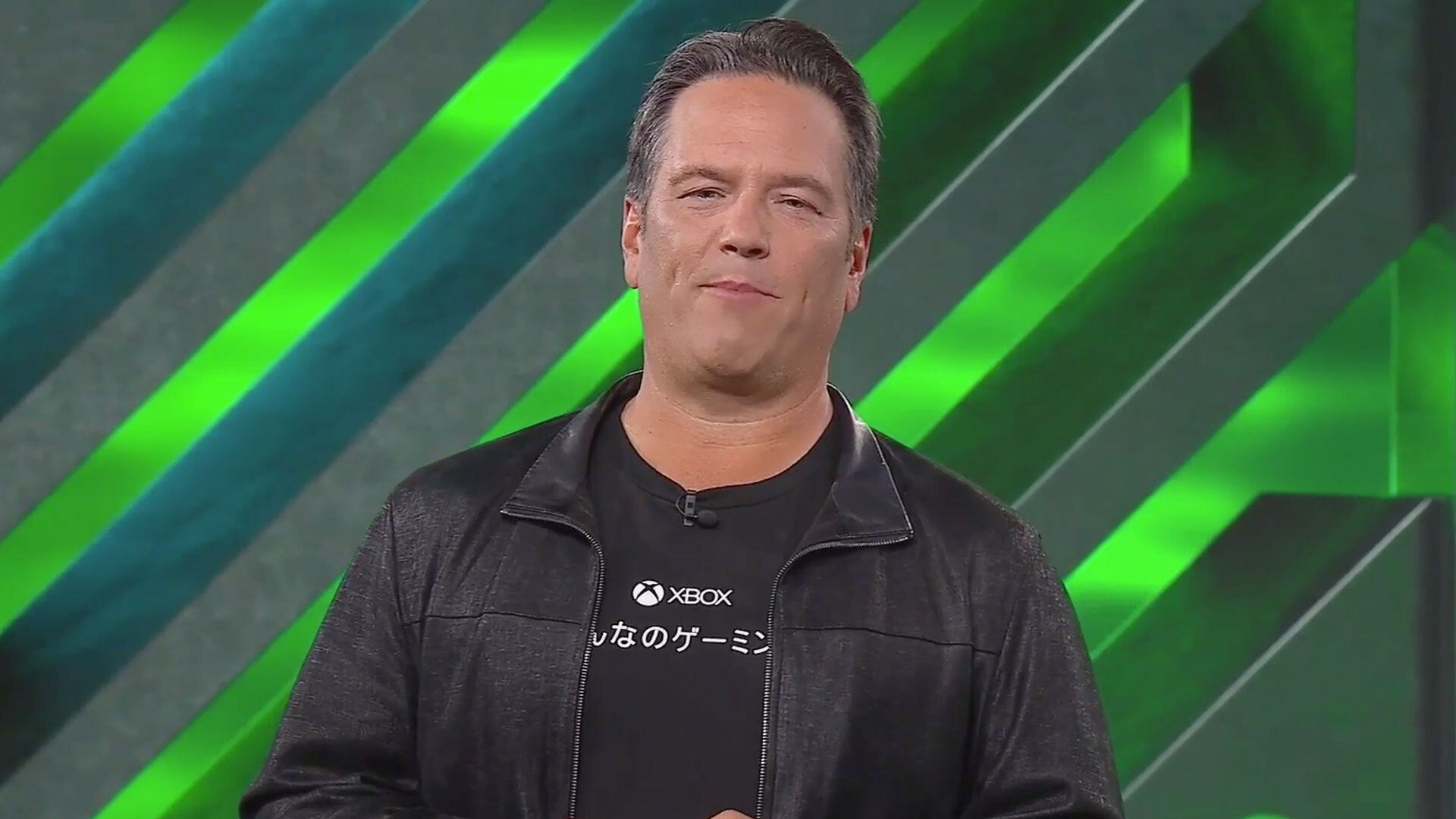The letter to employees sent out yesterday by Phil Spencer has several readings, here we break them down.
More stories in the category Slider
- GTA 6: CD Projekt RED backs Rockstar and admits they also learned from Cyberpunk 2077
- Brutal: The delay of GTA 6 would have cost Rockstar more than $3,200 million, about $17 million per day
- CRKD will launch in 2026 a new battery set for Xbox in Rock Band style
| Don't miss anything and follow us on Google News! |
In the midst of a week marked by project cancellations, studio closures, and the departure of hundreds of employees, the letter sent yesterday by Phil Spencer to the Xbox staff has served as an official framework for understanding the company’s approach. An approach that, despite record user and activity figures, opts to cut back to “ensure long-term success.”
The message has not gone unnoticed among those who closely follow the future of the division, especially among those affected. Beyond the conciliatory and corporate tone, his words reveal a clear strategy: Xbox is retreating to a more focused model on specific projects, smaller teams, and a more agile chain of command.
In Generation Xbox, we break down the most relevant points of the message and what they imply for the future of Xbox as a platform and organization. You can read the full letter through this link.
1. Internal restructuring to gain agility
“We will follow Microsoft’s example of eliminating management levels to increase agility and effectiveness.”
The restructuring not only affects specific studios but also impacts the internal hierarchical structure. Xbox will reduce intermediate management positions to streamline processes, make faster decisions, and optimize resources. This may affect team leaders, producers, or executive positions without direct influence on development.
This change suggests that Microsoft wants to operate with fewer organizational layers, prioritizing lighter and more efficient structures.
2. Xbox is not cutting back due to necessity, but strategy
“We have more players, games, and playtime than ever. Our roadmap has never been stronger.”
Spencer makes it clear that the layoffs are not due to a bad economic moment, but a tactical decision. Xbox is going through a record-breaking phase, but that doesn’t prevent areas from being considered dispensable or not aligned with the current vision.
The company wants to focus its investment only on projects with guaranteed returns, leaving behind ideas that don’t fit into that plan.
3. Prioritizing what works, eliminating what doesn’t take off
“We will protect what thrives and focus our efforts on areas with the greatest potential.”
Here, a statement of intent is outlined. Xbox will opt to shield profitable brands with good projection — like Call of Duty, Halo, or Gears — while leaving out risky or problematic projects like Perfect Dark or Everwild. The affected studios (such as The Initiative, Rare, or Turn 10) clearly reflect this new direction.
Future investment will be focused on fewer, more controlled games, with more predictable commercial returns.
4. What happened is structural, not temporary
“We must make decisions now to continue being successful in the coming years.”
The letter leaves no room for thinking that this is a one-time adjustment. The cutbacks are part of a long-term structural transformation. Xbox is laying the foundations for its strategy for the next generation, which implies reorienting the current model.
The cancellations and layoffs, therefore, are not circumstantial: they are part of a new operational approach within Microsoft Gaming.
5. Recognizing the value of those laid off, but no going back
“These decisions do not reflect the talent, creativity, or dedication of the people involved.”
Spencer attempts to mitigate the emotional impact of the announcement by remembering that the layoffs are not linked to individual performance, but to the direction of the business. However, the message generates some contradiction: the work of the teams is appreciated, but they are being let go just when Xbox is experiencing one of its best moments.
This contrast has generated internal criticism, as has been leaked from Halo Studios, where some employees expressed their discontent with the apparent disconnect between achievements and layoffs.
6. Human resources assumes the transition, but the blow is not avoided
“We will offer benefits from the severance plan, including salary, medical coverage, and job placement resources.”
Microsoft confirms that affected employees will be attended to with standard measures: severance pay, insurance, and support for re-employment. They will also be given priority in internal vacancies within Microsoft Gaming, although the volume of affected employees makes it difficult for all to be repositioned.
What catches our attention the most about Phil Spencer’s letter
What catches our attention the most is the contradiction between the message of absolute success of Xbox and the harshness of the announced cutbacks. While it is stated that “we have never had more players, more games, and more playtime”, the company communicates the layoff of thousands of workers and the cancellation of several projects in development.
This dissonance generates an uncomfortable perception: Xbox boasts of being in its best moment, but at the same time dismantles part of its creative structure. This has provoked indignation in part of the teams, as revealed by employees of Halo Studios, who felt betrayed after receiving a message that seems to celebrate achievements while executing massive cutbacks.
This duality between commercial success and human capital is the most striking point of the letter. Spencer attempts to justify it with the idea of “strategic discipline” to prioritize what works, but the contrast between the positive tone of the message and the real consequences for hundreds of workers is impossible to ignore.
The figures are not minor: according to internal sources, between 3,000 and 4,000 employees would be losing their positions, affecting studios like Rare, Turn 10, Raven Software, High Moon, or even areas of marketing and global management.






